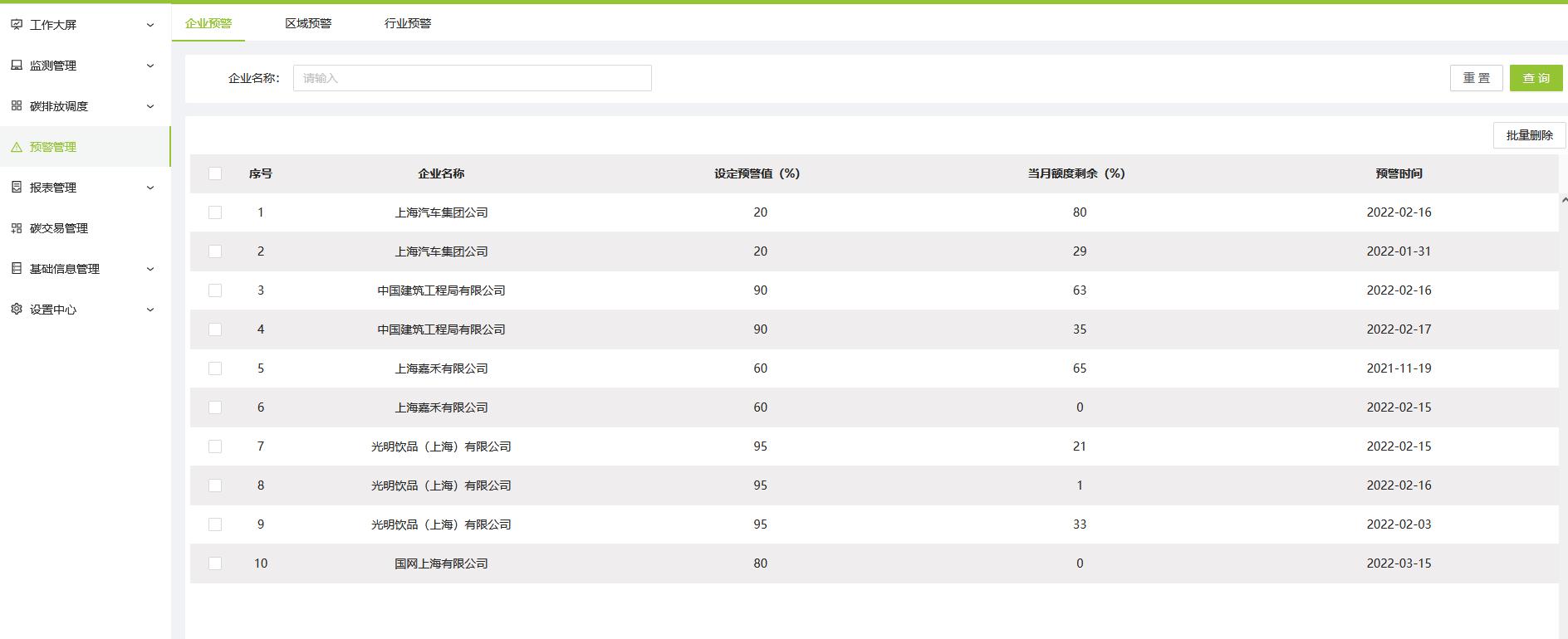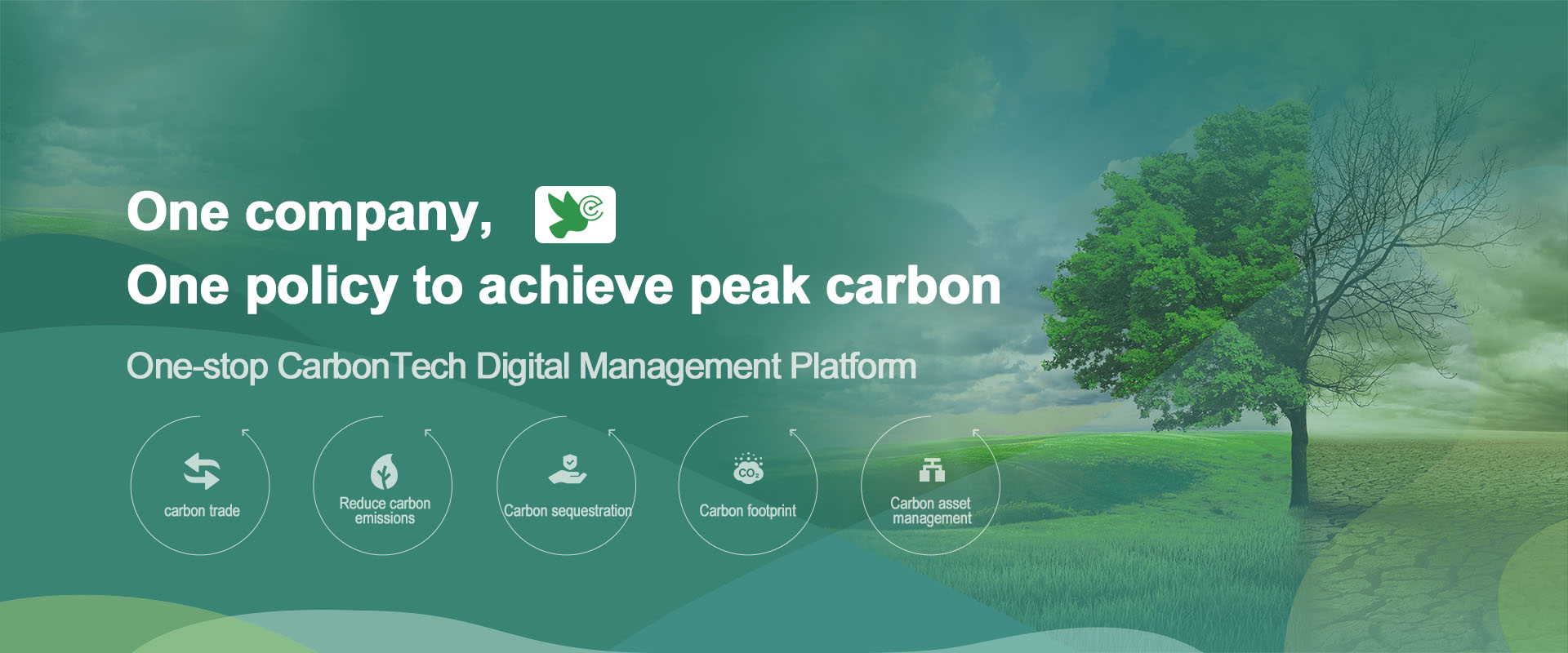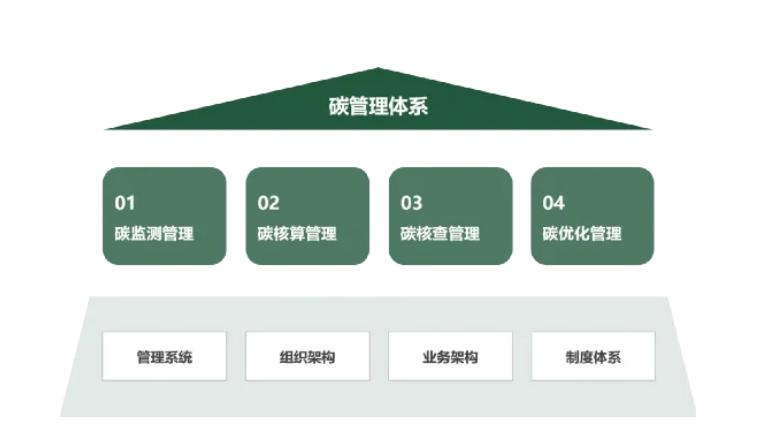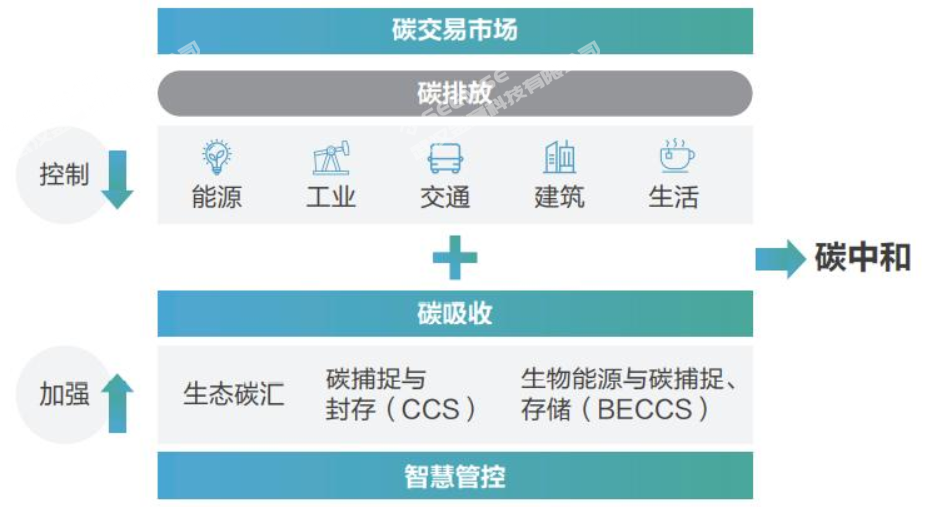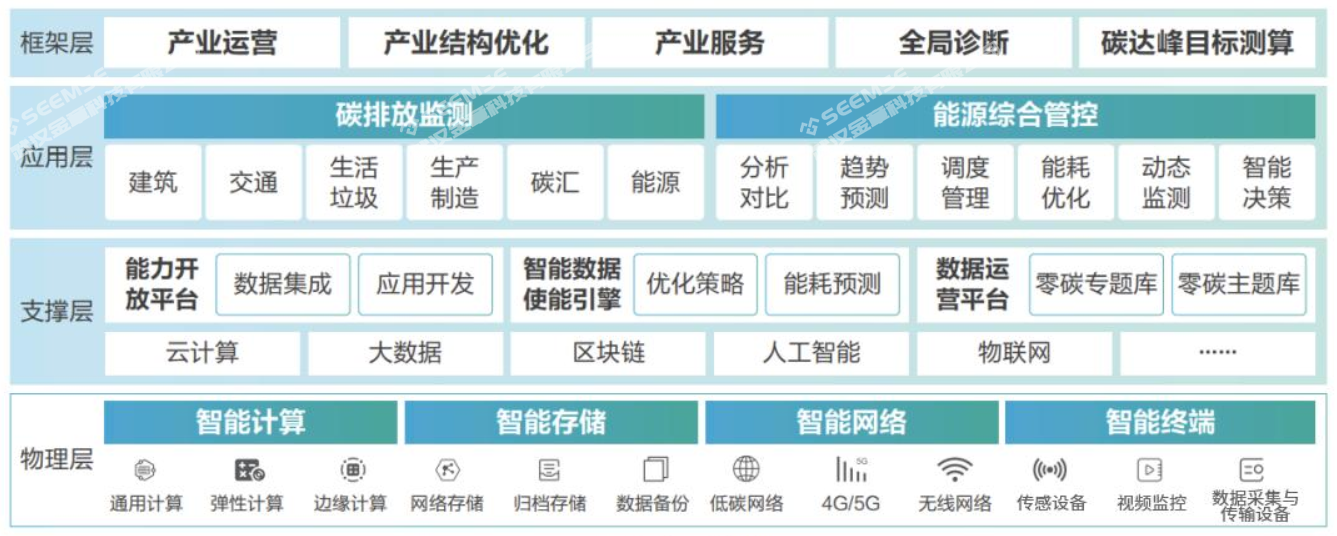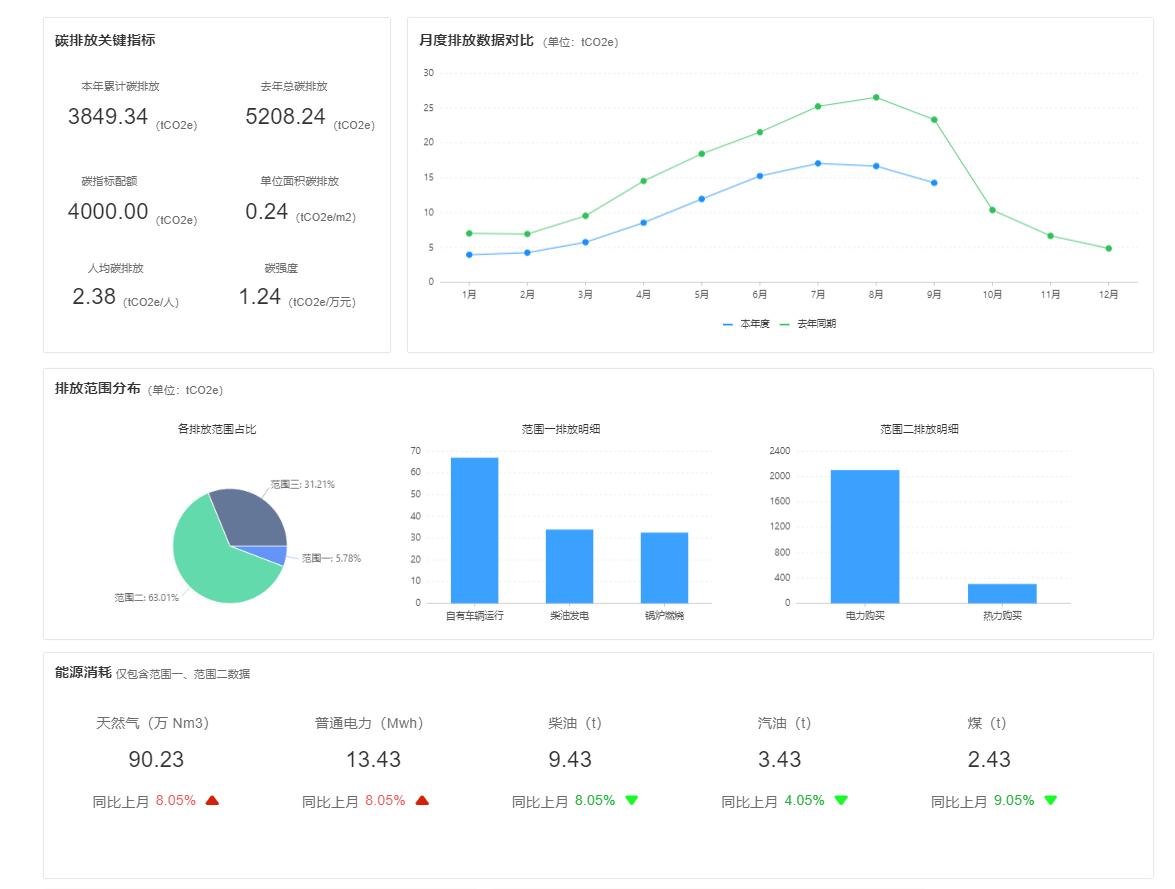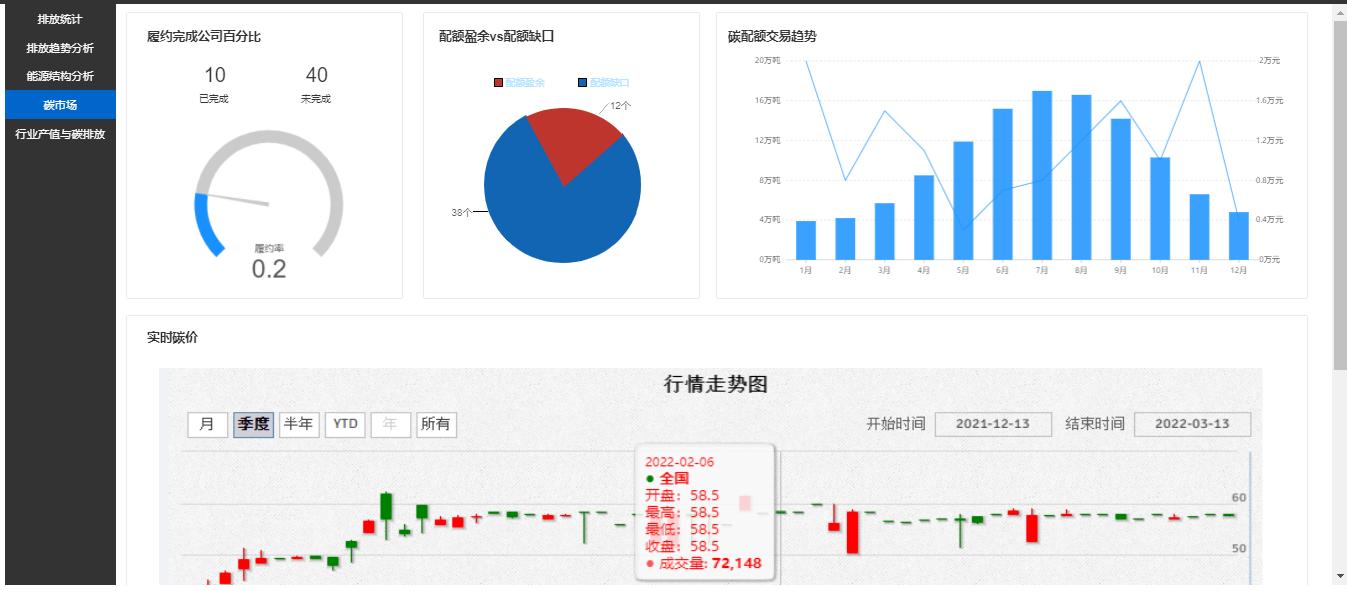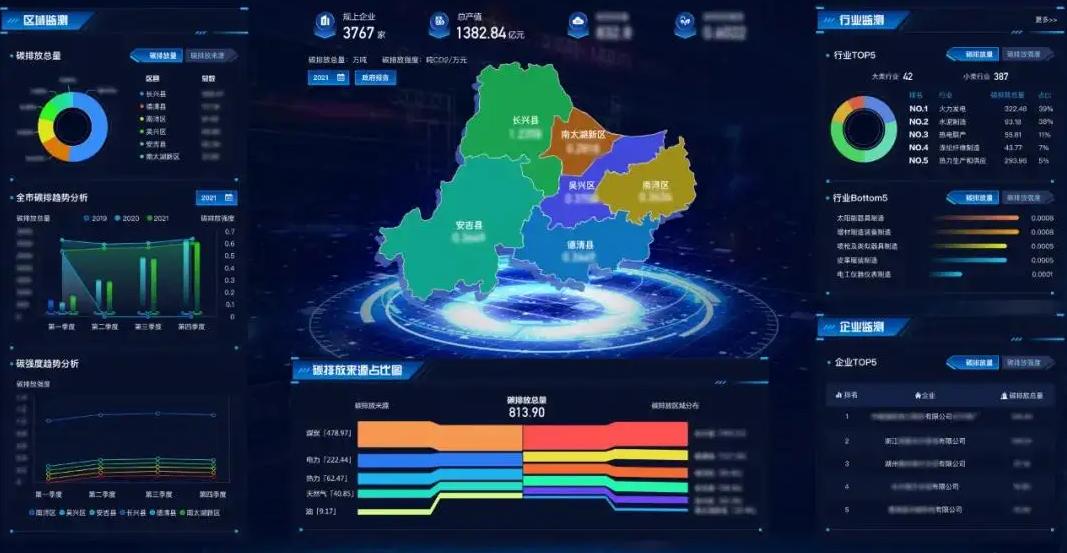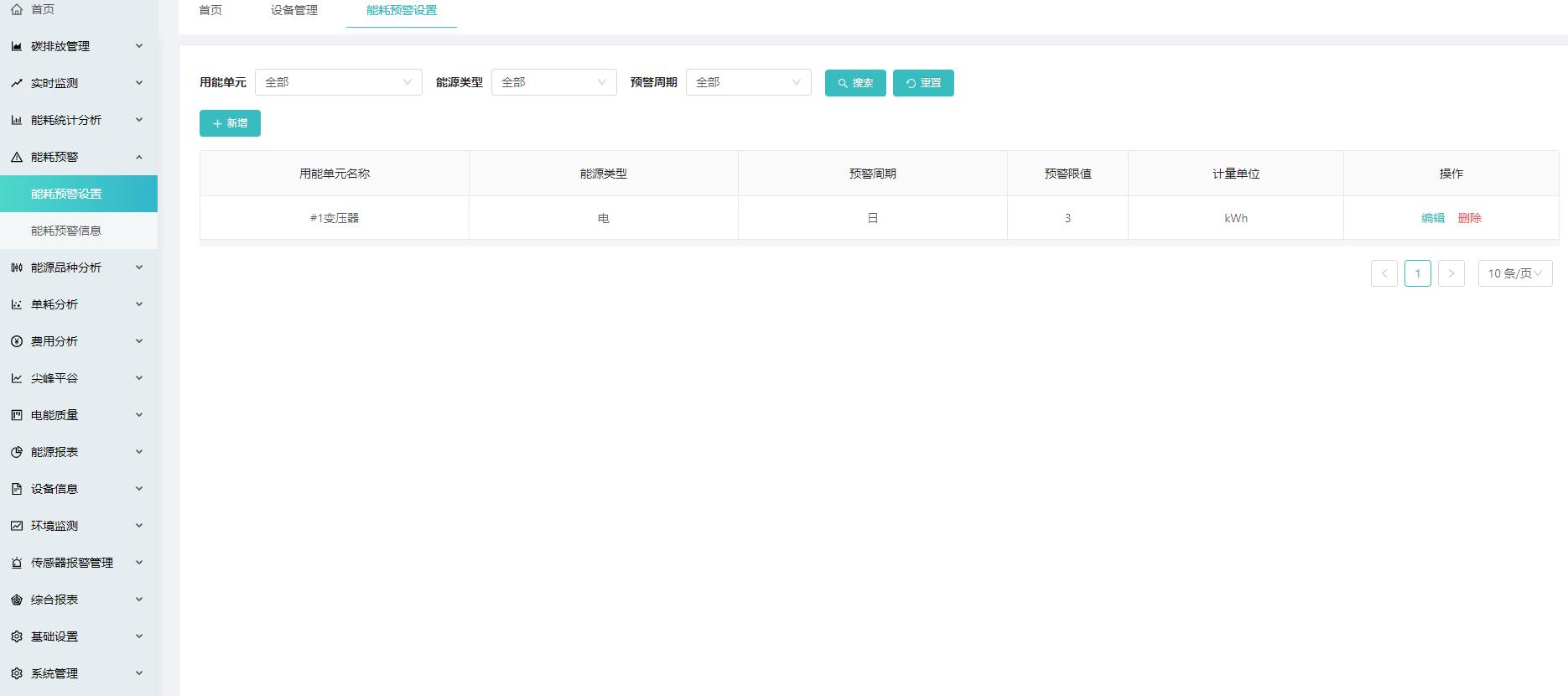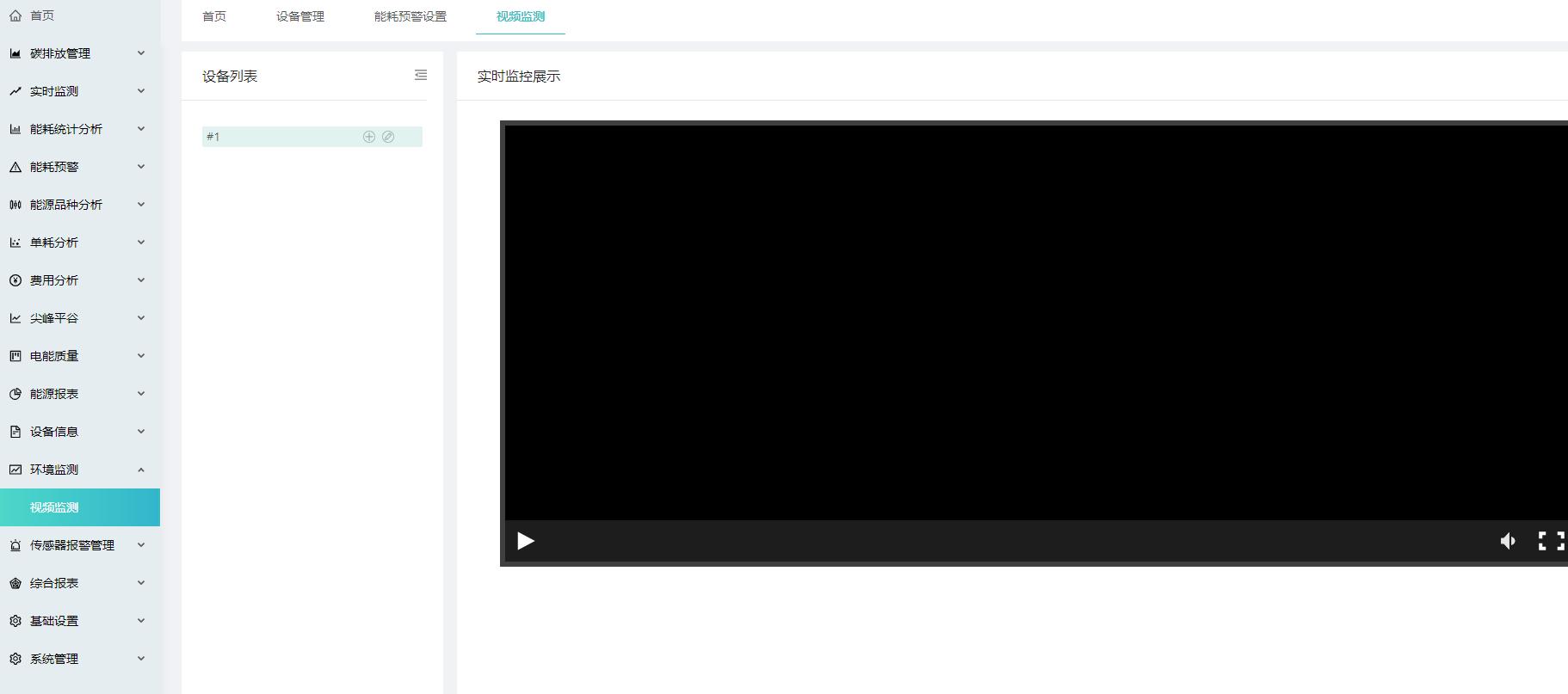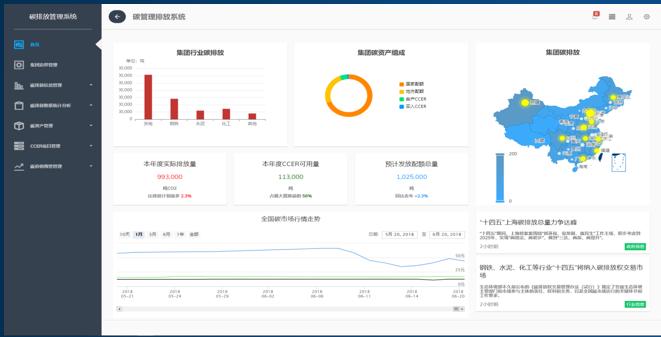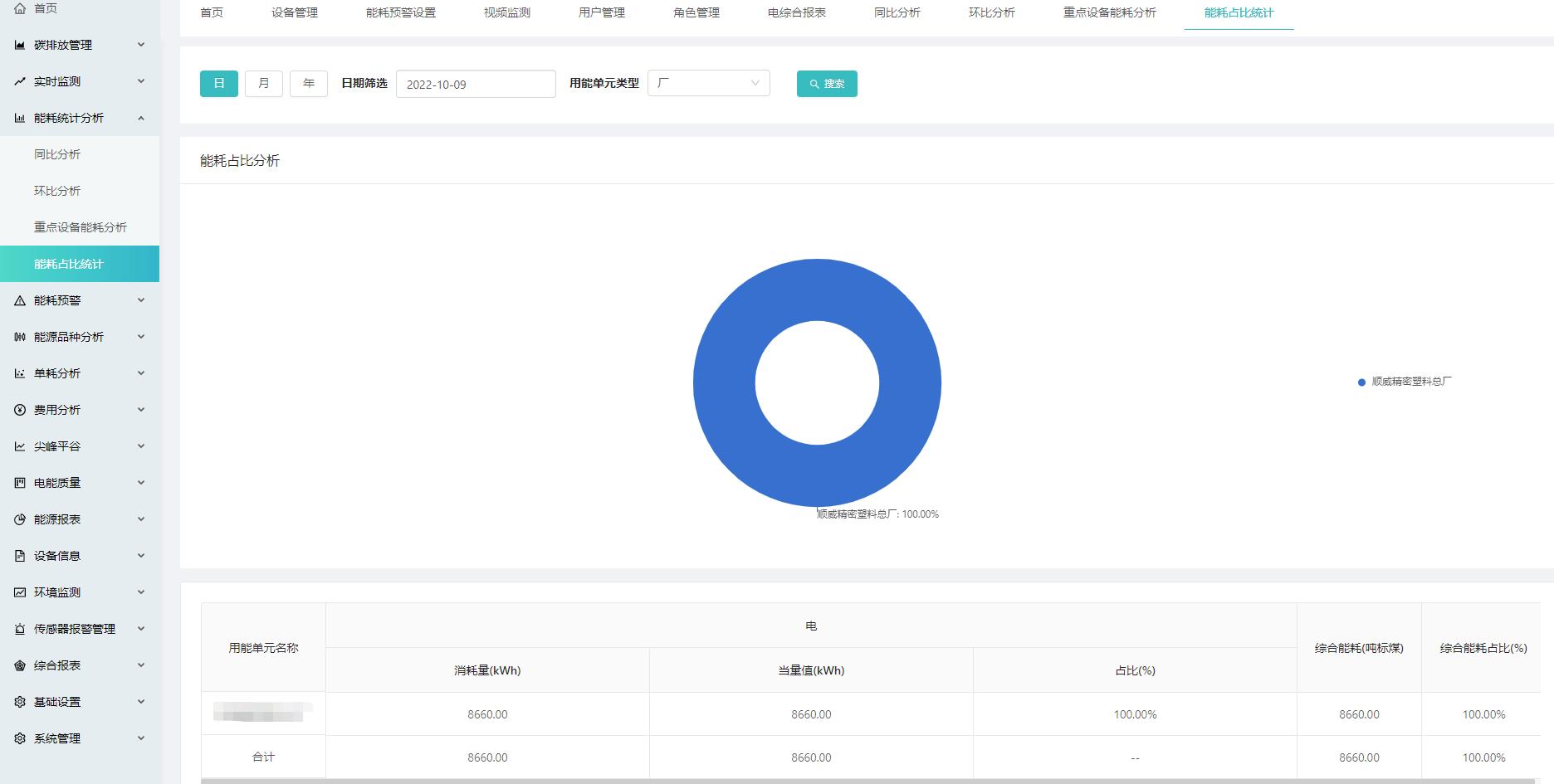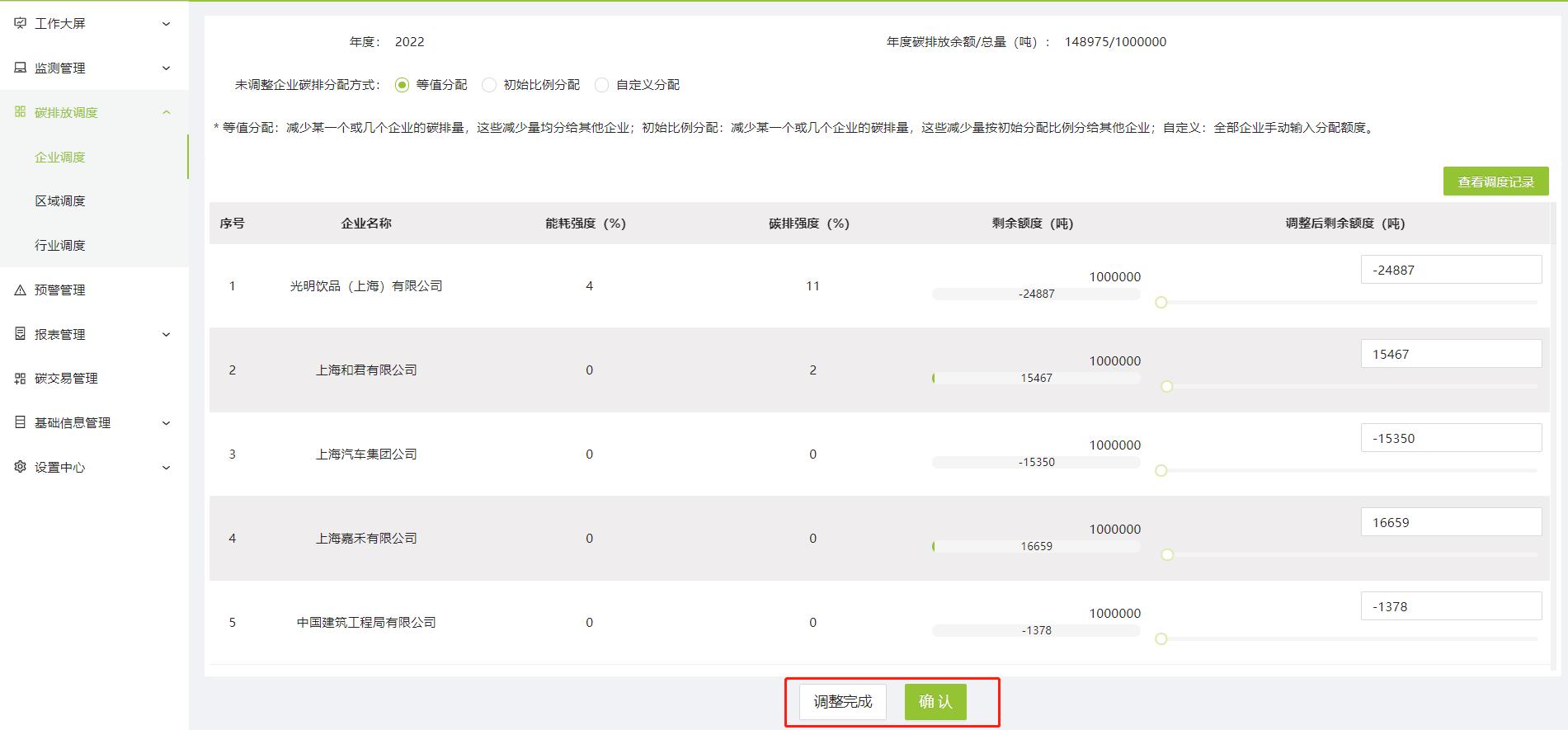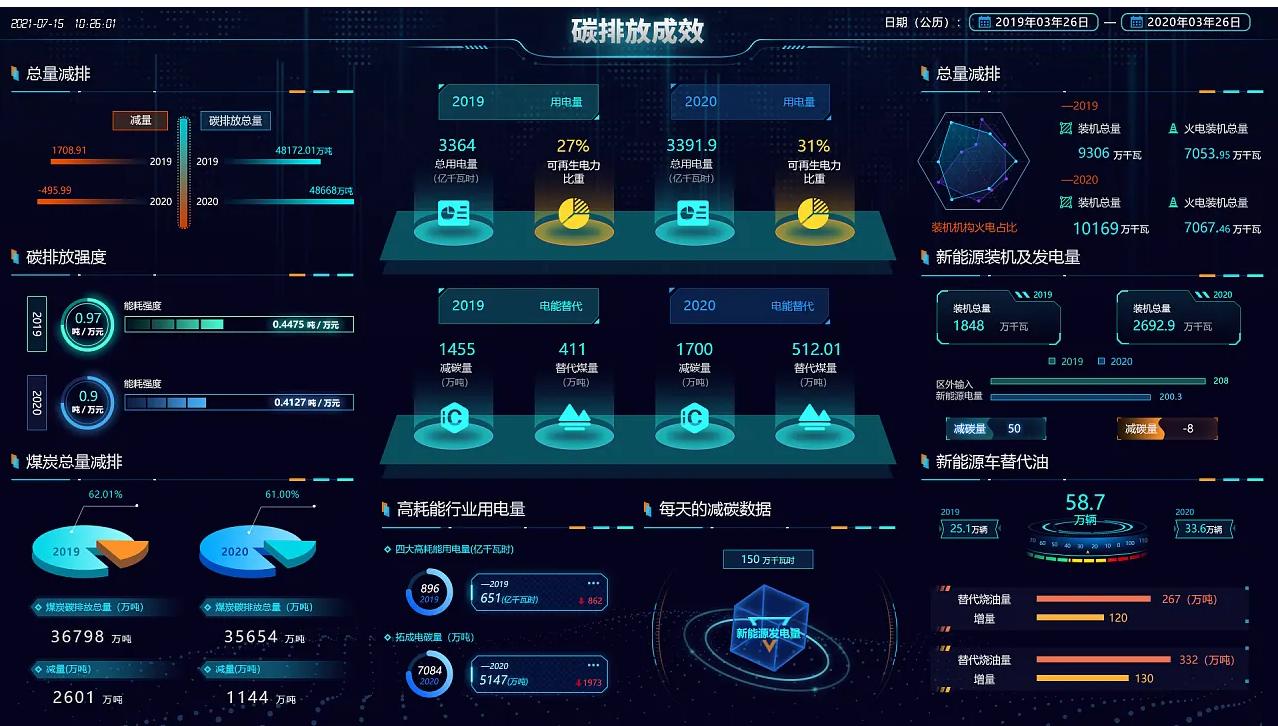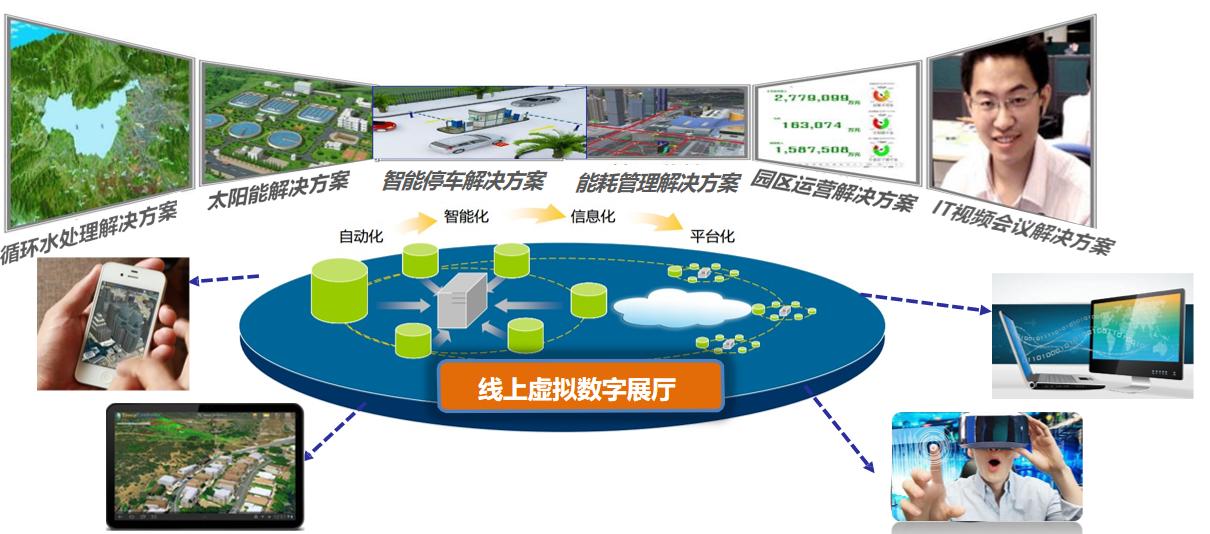In view of the pain points of enterprises in achieving dual carbon goals such as heavy tasks and tight time, lack of management systems, and lack of digital tools, the platform uses a microservice architecture system to respond to customers' needs for rapid construction and adapt to the rapid development of business, and the application of big data and algorithms Rich experience, supporting energy big data analysis and application of millions of data points, with secondary development capabilities and strong scalability.
The system involves front-end carbon capture, management, monitoring, application, trading, and evaluation of the low-carbon industry. It has six major characteristics, including: system flexibility and elasticity, high degree of digitalization, open ecology, integrated supply and management, low latency, and intelligence.
Digitizing
Use Internet of Things collection technology to realize real-time monitoring of energy consumption data and digitally display the energy usage of enterprises/parks. Relying on the provincial +24 industry accounting guide, we build an accurate carbon calculation model covering the five major areas of energy, industry, construction, transportation, residents, and agricultural life.
The Canary Enterprise Carbon Peak System Platform builds a digital carbon measurement system for enterprises, greatly improving the efficiency and accuracy of carbon measurement, and realizing carbon emission data monitoring throughout the entire life cycle of the enterprise, carbon emission accounting throughout the production process, and product process monitoring. Carbon footprint accounting fully releases the value of carbon data and optimizes allocation, balancing the relationship between energy conservation and emission reduction and corporate development.
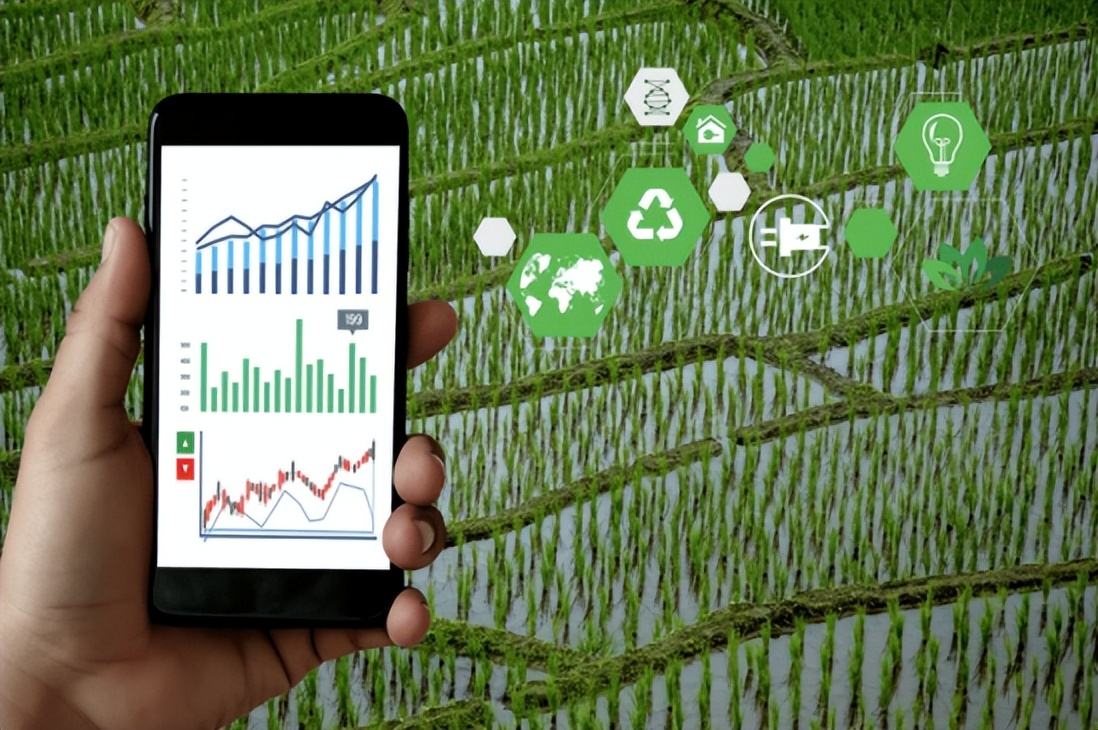
Low latency
This system combines existing Internet of Things technology and integrates a large number of front-end sensors (cameras, atmospheric sensors, CO2 detection sensors, new energy sensors, energy consumption sensors, drones, environmental soil sensors, etc.) into the platform to obtain massive concurrent data. , managed through a unique platform architecture to ensure system reliability under high concurrency.
The backhaul network of this system uses 5G network or advanced high-speed optical fiber transmission technology to quickly backhaul front-end carbon-related data. The minimum network delay can be shortened to the ms level, ensuring real-time data transmission.
Flexible and elastic
This platform is suitable for: new energy management, electric power, industry, parks, construction, Internet, people's livelihood and other fields. It has good flexible and elastic design and has been well applied in actual use.
Open ecosystem
The platform stands from a regional and industry perspective and involves traditional industries, green new energy, ecological environmental protection, low-carbon finance, smart buildings and many other aspects.

Integrated supply and use pipe
From the multi-dimensional settings of carbon digital policy, carbon digital smart construction, carbon digital smart management, carbon digital smart camp, and carbon digital smart evaluation, they include: basic network subsystem, carbon emission monitoring subsystem, new energy generation electronic system, building energy-saving system, Dual carbon management subsystem, carbon sink trading subsystem, financial support subsystem, low-carbon portrait subsystem, and auxiliary decision-making subsystem.
Personal scene needs
According to the needs of customer scenarios, the platform can be divided into four types of applications in different scenarios: enterprise-level management platform, park management platform, industry and management platform, and city management platform.
AI intelligence
Through the monitoring subsystem, the platform conducts unified low-carbon management, creates thermal images of carbon emissions and carbon sinks, and issues warnings and controls to companies with high energy consumption that exceed standards until measures are taken for rectification. Incorporate carbon emissions, new energy, and green economic industries within the jurisdiction into a unified carbon sink trading platform, and implement unified planning, deployment, scheduling, real-time monitoring, and trading in accordance with low-carbon plans. The front-end of the system adopts large-screen visualization mode for display, integrates scattered data information, and has various built-in business models, which are presented graphically. Convenient for managers to perform maintenance, operation and judgment
